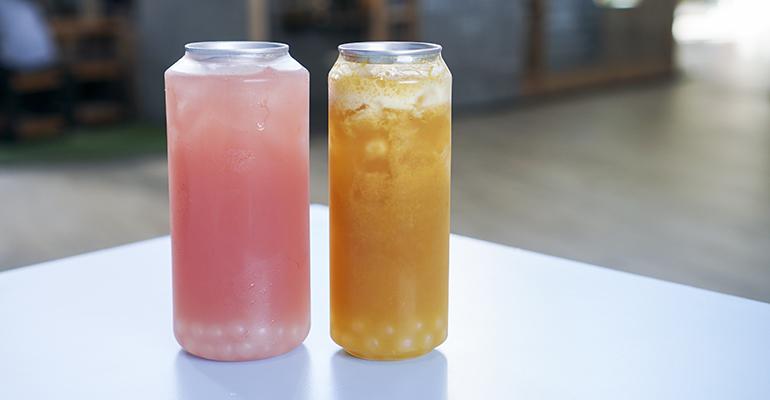A year after the COVID-19 pandemic first swept the world and decimated the U.S. restaurant industry, consultant and former partner in the Roanoke, Va., restaurant River & Rail, Aaron Deal shares his thoughts on the future of restaurants and how these changes affect restaurant owners and operators.
Outdoor dining is here to stay
Out of all the restaurant pivots, the one that looks to have the most staying power is outdoor dining.
Even here in Roanoke, we saw a valiant effort made by restaurateurs, supported by the city, to close off streets and parking spaces to create outdoor dining spaces. We did it at River & Rail, and I’ve seen it in my travels as a restaurant consultant, too. In New Haven, Conn., they’re setting aside areas for outdoor dining on what seems to be a permanent basis.
I think outdoor dining will be one of the most attractive additions to what we consider dining to be now, especially as the weather gets nicer. It’s going to be one of the biggest drivers of business, too.
To-go cocktails, meal kits and fine dining to-go orders will decline
All the other pivots — like cocktails to-go, meal kits, things like that — they were fun and interesting, but is it something I think folks are going to pursue consistently when they can finally get food on a plate again? Probably not.
People are eager to get out of their homes, where they have been eating out of to-go boxes for the last year. Food, depending on how it’s presented, doesn’t necessarily translate well to a to-go box. Not to mention, you’re asking someone to potentially pay $20, $30, or $40 for an entrée that’s coming in a to-go box, which just kills the aesthetic value.
Now is the time to implement a no-tipping model
A lot of restaurants added a service charge to the customer check to supplement the loss of tip income for service staff as well as hourly employees’ wages. Some restaurants are doing no tipping and a service charge only.
 Photo: Aaron Deal
Photo: Aaron Deal
Honestly, I would be kicking the tipping model out the door and moving to something like a service charge only. It would be a very sustainable way of budgeting through the next six to eight months, with the idea of keeping people paid consistently as well as sustaining the business until you can reach a point, say in 2022, where we think about doing the same amount of volume. But even then, I probably wouldn’t go back to it.
The biggest hesitancy for restaurateurs not adopting a no-tipping model would be consumer pushback. Second to that would be figuring out a way to make the compensation fair and comparable to what employees were making with the tipping model. It’s two-fold: it’s how you present it to general public and how you externally market the change. I don’t think you’re going to get a better opportunity than re-opening after a pandemic to do something like that. Then, you let the numbers do the talking.
Restaurants need to be more resilient than ever
Throughout this past year, restaurant operators looked at what was an actual necessity. What on that expense breakdown on the profit and loss statement is really required? And how do we figure out ways to run leaner and work more efficiently? It spawned a lot of creativity as people pivoted to different models — with to-go service, family meals, burger pop-ups — all with the idea of doing more with less.
Not only do we need to continue finding ways to be as cost conscious and as efficient as possible, but restaurants also need to be more resilient. When 2020 started, everything looked great, and we thought “This is gonna be a gangbuster year.” Then, all of the sudden, the rug was pulled out from under us. Then it was, “How are we going to cover all this?”
As we saw, restaurants found ways to be resilient by diversifying their offering. All the little things we did to support our businesses came together to help sustain us through this period. Being prepared and understanding that you must be quick and creative to find ways to continue doing business is going to be very important.
Final Word
I’m hopeful. But being hopeful and being prepared are two different things. I always see a silver lining despite the challenges because you kind of have to, to keep that drive to do what we do on a daily basis. I am seeing places start to re-emerge; my hope is that we can continue this momentum and do it in a way that won’t create any more setbacks and will get us to the other side of this.
Aaron Deal is the founder of Deal & Associates Restaurant Consulting (DARC) in Roanoke, Va. and a certified executive chef with more than 20 years’ experience in restaurant operations.
Layla Khoury-Hanold is a freelance journalist covering food, travel and lifestyle issues.
This article does not necessarily reflect the opinions of editors or management.





